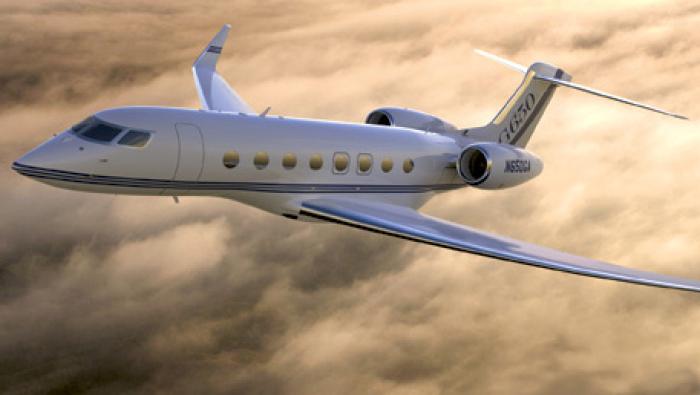Iran was an exhibitor at last week’s MAKS 2017 aerospace show in Moscow, where it displayed three smart weapons, a reconnaissance UAV and two satellites. The Islamic Republic also took part in the 2015 MAKS show, and Russia reciprocated last December by taking part in Iran’s own aerospace show on Kish Island. Iran is seeking closer cooperation with Russia in license production and co-development of advanced military equipment.
Aviation Industries Organization (AIO) CEO Abdolkarim Banitarafi headed the Iranian delegation to MAKS, and 16 companies that report to the Defense Ministry and the Ministry for Science, Research and Technologies exhibited. According to information provided by the delegation, the number of jobs in the national aerospace sector rose from 38,000 in 2010 to 78,000 in 2015, and is growing further. There are 180 enterprises in the country involved in aerospace projects, including 125 specialized in development and production of aviation and space equipment.
The Defense Industries Organization’s Sadid guided 75-pound bomb for UCAVs was shown for the first time abroad. It is intended to destroy aircraft in hangars, as well as armored and road vehicles. It has a cylindrical body made of composite materials and measuring 63 inches in length and six inches in diameter. There are four non-moveable aerodynamic surfaces in the mid-body area for lift and stability, and four deflectable ones at the rear for trajectory control. The Sadid employs a “smart fragmentation warhead” with a lethal radius of 30 meters. The example on display had an infrared seeker; a laser-beam-riding version is also available. In both cases, the weapon’s accuracy of impact falls within a 2.5 x 2.5-meter box.
The Sadid has been dropped from Iranian Shahed 129 UCAVs that have been operating over Syria. A pair of these medium-altitude, long-endurance (MALE) aircraft were shot down by USAF F-15 jets on June 7 and 20 in southern Syria near At-Tanf, after having displayed “hostile intent” toward coalition forces. One of the downed Shahed 129s had fired “a munition”—most likely a Sadid—but “it hit dirt,” according to a coalition spokesman. The Iranians beg to differ, and phase their UCAVs for versatility and lethality. The Sadid is also earmarked for the 600-pound Mohajer 6 UCAV that was on display to a restricted audience in Tehran last April, and was shown in scale model form at MAKS.
The Ghased 2,000-pound guided bomb was another Iranian exhibit at MAKS. It is derived from the GBU-15, with electro-optical guidance in an automatic mode after launch, and with claimed precision of three meters (10 feet) and lethal radius of 900 meters (3,000 feet). It could be carried by the Korar or Kowsar twin-seat training/close air support jet that was also displayed in Tehran last April, and shown as a scale model at MAKS. This aircraft’s configuration resembles the MiG AT, as well as Taiwan’s AT-3 jet trainer.
The Ghaem-M missile is a new addition to the prodigal TOW family, a U.S. anti-tank weapon developed almost half-a-century ago. Iran reverse-engineered the TOW for local production as the Toofan, and has supplied it to the Syrian and Iraqi armies, and Hezbollah. The Ghaem-M is a laser-beam-riding surface-to-air missile developed for use against UAVs and helicopters flying at altitudes up to 2,000 meters (6,562 feet). The 20-kg (44-lb) weapon can destroy targets up to 6 km (3.2 nm) away. Targeting is provided by a standard Toofan tripod tube launcher equipped with an electro-optical sight and a laser designator. The proximity fuse ensures that the 1.7 kg (3.8-pound) fragmentation warhead explodes close to the target. In practical terms, the Ghaem-M is useful as a cheap means to boost the anti-aircraft defenses of army units already operating the standard Toofan antitank weapon.







